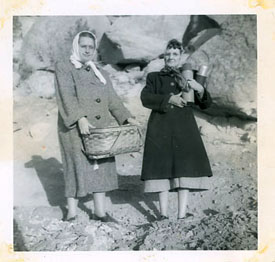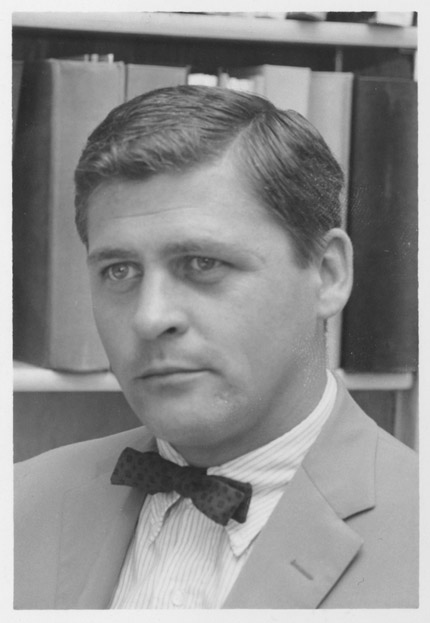Zickler Family Scrapbook

Mr. and Mrs. Ernest Zickler of Leominster, Massachusetts began a 3 month cross-country road trip on March 27, 1952. Mrs. Zickler created a scrapbook to document the trip. The scrapbook includes souvenir and original photographs, postcards, maps, and other miscellaneous memorabilia from the journey. Their stops include various tourist attractions as well as scenic areas throughout the Midwest and Southwest of the United States. Most of their time was spent in Oraibi, the oldest continuously inhabited community in North America, on the Navajo Gospel Mission. The Zicklers returned to Leominster in July 1952, having traveled a total of 10,404 miles.
The scrapbook spans the entirety of the Zickler’s trip. It includes postcards, souvenir photographs from tourist locations such as the Grand Canyon, Yellowstone National Park, the Big Rock Candy Mountain, Hoover Dam, the Petrified Forest (as well as a piece of wood from the Forest), placemats and matchboxes from Las Vegas, and numerous souvenir photographs of the Navajo Gospel Mission.


